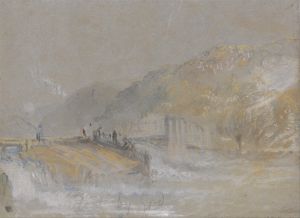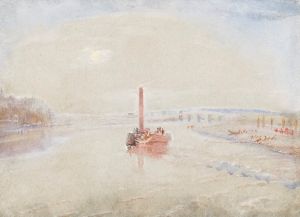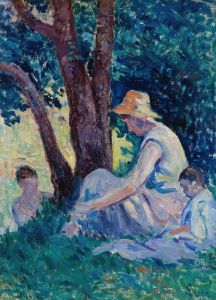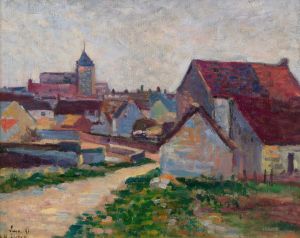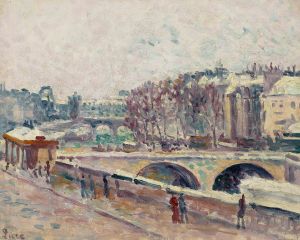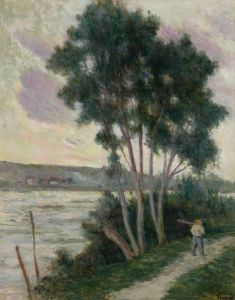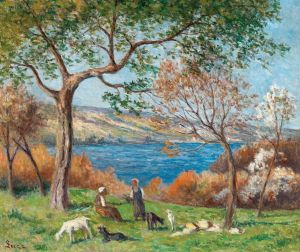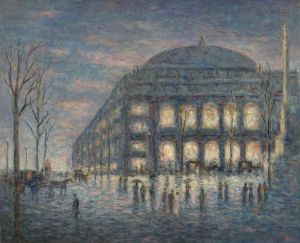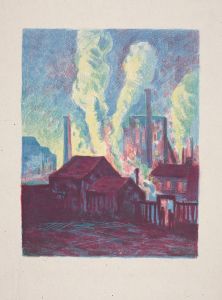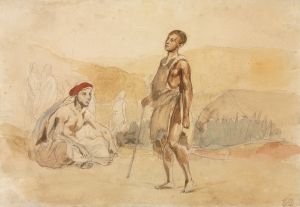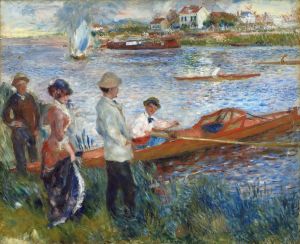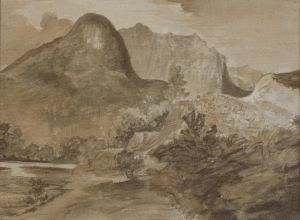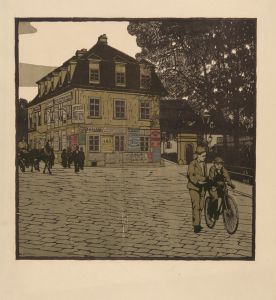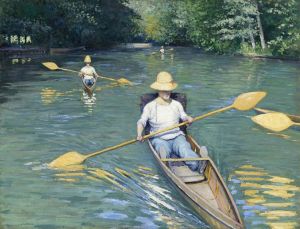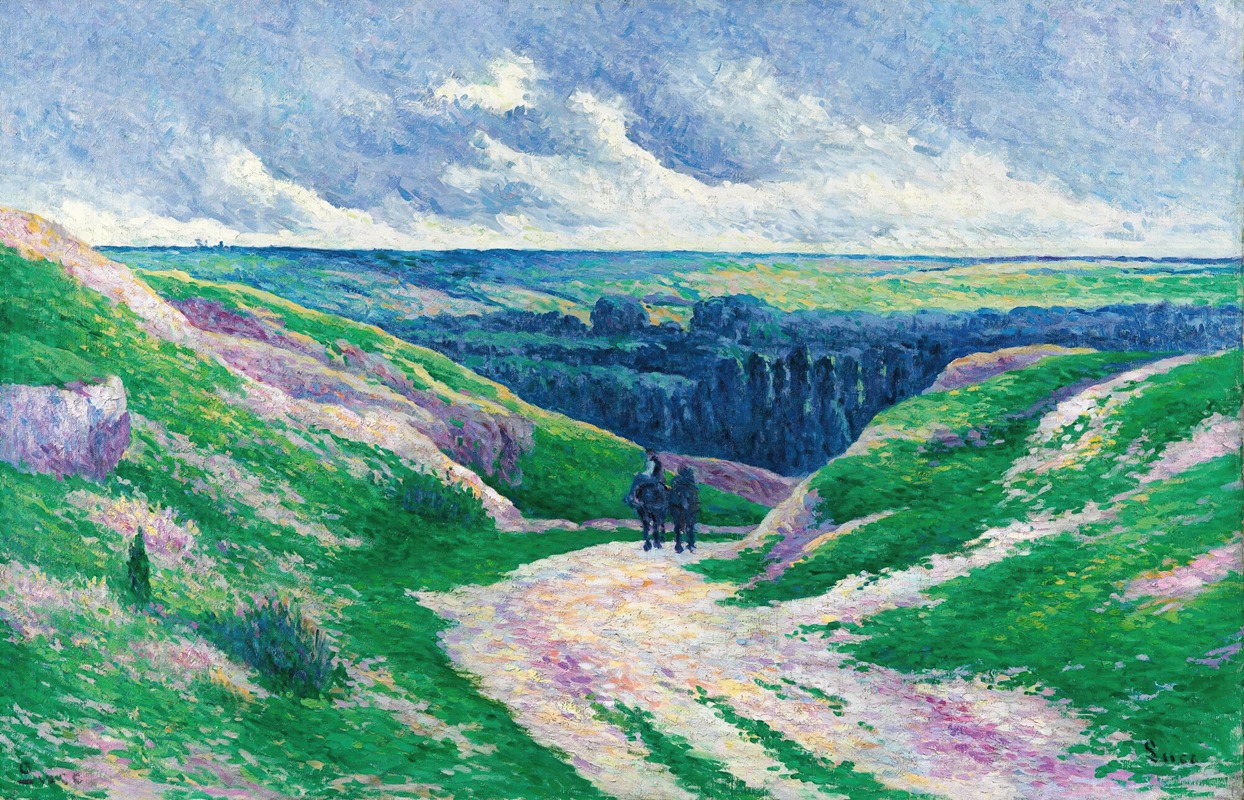
Paysage Près De Moulineux Sur Oise
A hand-painted replica of Maximilien Luce’s masterpiece Paysage Près De Moulineux Sur Oise, meticulously crafted by professional artists to capture the true essence of the original. Each piece is created with museum-quality canvas and rare mineral pigments, carefully painted by experienced artists with delicate brushstrokes and rich, layered colors to perfectly recreate the texture of the original artwork. Unlike machine-printed reproductions, this hand-painted version brings the painting to life, infused with the artist’s emotions and skill in every stroke. Whether for personal collection or home decoration, it instantly elevates the artistic atmosphere of any space.
Maximilien Luce was a prominent French Neo-Impressionist painter known for his vibrant landscapes and depictions of everyday life. Born on March 13, 1858, in Paris, Luce initially trained as an engraver before turning to painting. He became associated with the Neo-Impressionist movement, which was characterized by the use of pointillism—a technique involving the application of small, distinct dots of color to form an image. Luce was influenced by the works of Georges Seurat and Paul Signac, who were pioneers of this style.
One of Luce's notable works is "Paysage Près De Moulineux Sur Oise," which translates to "Landscape Near Moulineux on the Oise." This painting exemplifies Luce's mastery of the Neo-Impressionist technique and his keen ability to capture the essence of the French countryside. The Oise River, a tributary of the Seine, flows through the northern part of France and has been a source of inspiration for many artists due to its picturesque scenery.
In "Paysage Près De Moulineux Sur Oise," Luce employs the pointillist technique to depict a serene landscape. The painting is characterized by its meticulous application of color, with small dots and strokes that blend optically to create a harmonious and vibrant scene. The use of light and shadow in the painting reflects Luce's interest in capturing the effects of natural light on the landscape. The composition likely includes elements typical of the region, such as lush greenery, the flowing river, and perhaps structures or figures that suggest human presence in harmony with nature.
Luce's work often reflects his political beliefs as well. He was an anarchist and believed in the power of art to convey social messages. While "Paysage Près De Moulineux Sur Oise" primarily focuses on the beauty of the natural world, Luce's broader body of work often includes themes of social justice and the dignity of labor. His landscapes, therefore, can be seen as both an appreciation of nature and a subtle commentary on the relationship between humans and their environment.
Throughout his career, Luce remained committed to the principles of Neo-Impressionism, even as other art movements gained prominence. His dedication to the technique and his ability to convey emotion and atmosphere through color and composition have earned him a respected place in art history. Luce's works are held in various public and private collections, and he is remembered as a key figure in the Neo-Impressionist movement.
"Paysage Près De Moulineux Sur Oise" is a testament to Luce's skill and vision as an artist. It captures the tranquility and beauty of the French landscape while showcasing the innovative techniques that defined the Neo-Impressionist movement. Through his art, Luce invites viewers to experience the world through a lens of color and light, encouraging a deeper appreciation for the natural world and the subtle interplay of its elements.





